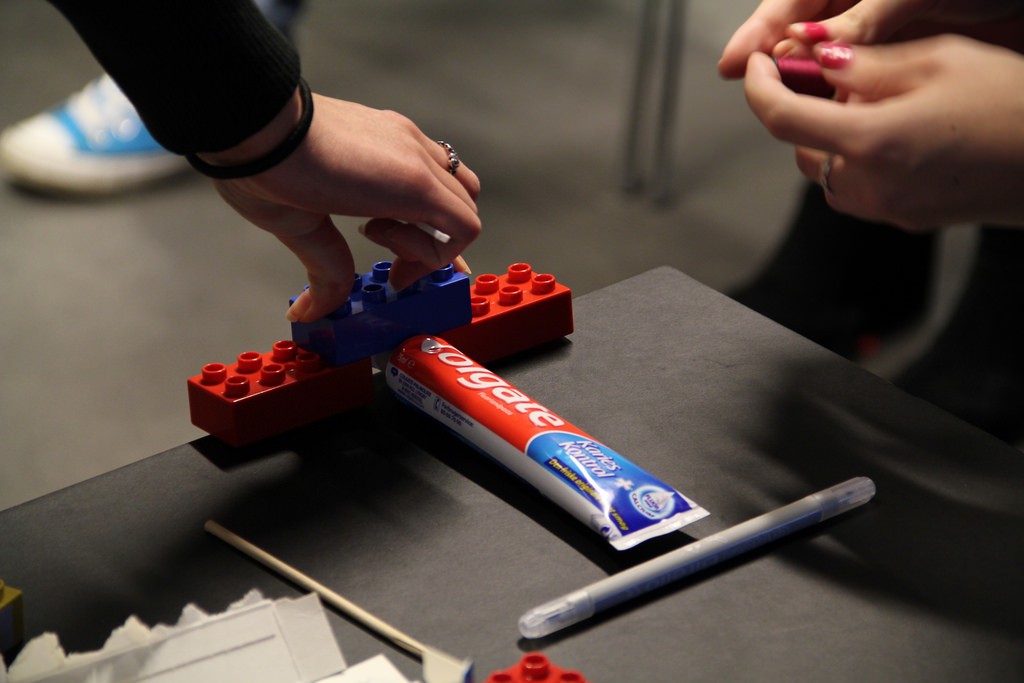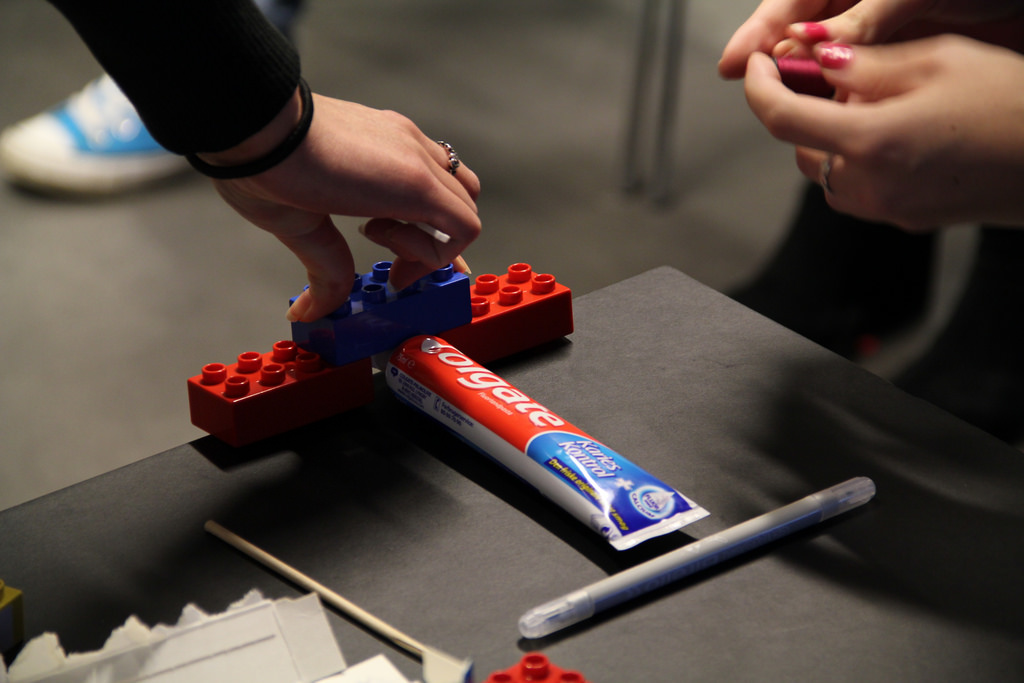
Since its introduction in the late 80s, rapid prototyping has gone through numerous changes and developments that have further refined it until it has become the celebrated technology that it is today. This is why it is has been adopted in many facilities, across different industries. In Australia, in particular, there are many design companies, engineering firms, and other organisations that rely on the technology to meet, deliver, and manage what is required of them.
If you are interested in seeing how it fits into your organisation, you need to be aware of a couple of key considerations. These will help you streamline your use of the technology so that you can harness it to its full operational efficiency. Additionally, these will allow you to make the most out of the investment, if you do decide to go with it. Here are three of the most essential of them.
Understand what you need
Rapid prototyping encompasses a full suite of solutions, as well as products and equipment. For this reason, it is vital that you explore it with a clear knowledge of what you are looking for. If you will require additional additive manufacturing or 3d printing solutions alongside prototyping, you should streamline your search process so that you find the right results. Similarly, if you need to only rent an equipment instead of purchasing it, you can then limit your search to the proper candidates.
Choose a good source of help
Where you intend to source your products or services is also important. In most cases, providers such as Objective 3D Direct Manufacturing are ready to provide personalised guidance so that you can get informed on what you should focus on. Additionally, these companies can offer complete assistance with everything that you need, be it assistance with design, testing, or even delivering your finished products. If you intend to purchase an equipment, also make sure that your provider can offer comprehensive product support. Ask about the specific inclusions of this support, and ask questions if you are confused about anything.
Train and retrain as necessary
Finally, get proper product training, especially if it is your first time to work with rapid prototyping. If you have an addition to the team that will need specialised training, get that sorted, too. If there are advances or developments in the industry, get apprised of them. And if you need a refresher course on anything, do not hesitate to seek it as you see fit.
